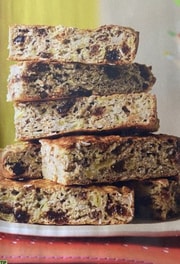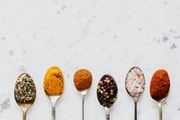Meal prep pro shares some storage tips for fresh produce: "Keep them fresh for longer!"
- Replies 4
If you've done your weekly grocery shop lately, you might have noticed that prices of fresh produce just keep going up.
With a perfect storm of rising grocery bills as well as spiking petrol prices, more and more Aussies are lamenting that it's becoming impossible to shop within their budget.
Bulk buying in supermarkets can be a good way to cut costs (especially when items are on special), but it can also lead to some veggies, fruits, and other perishables spoiling before they can be used.
That's why it's crucial that you have a few tricks up your sleeve about how to store them properly.
Here, a meal prepping pro is sharing her tips and tricks for storing food to keep it fresh for longer.
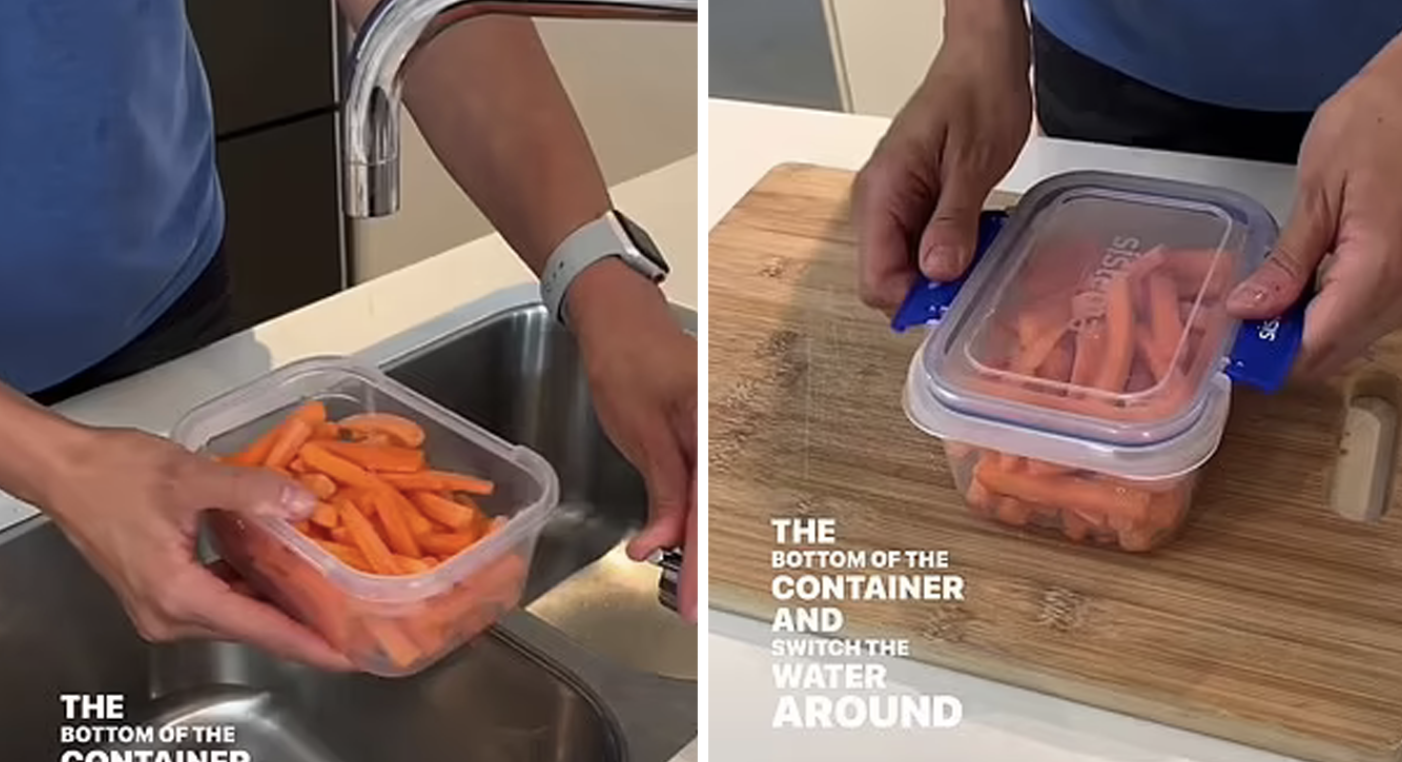
Credit: Instagram/@lady.lolas.
Katie Lolas, a Sydney-based teacher who goes by the name Lady Lolas on social media, recently shared some storage hacks that can be used to keep your veggie sticks, berries, and salads fresh for a couple more days.
For your pre-cut vegetable sticks such as carrots, the mum-of-one recommends keeping them in a sealed container with some water at the bottom. Also, remember to swish the water around every couple of days so the veggie sticks stay crisp and crunchy.
When it comes to berries such as strawberries, the key to keeping them fresh for longer is in the preparation stage. When you're washing your berries, add a little bit of vinegar (Katie used white vinegar with hers) and make sure you wash them well.
Pat them dry with a paper towel and store them in the fridge as usual. The vinegar kills the bacteria on the surface of the fruits, allowing them to stay fresh for double the time.
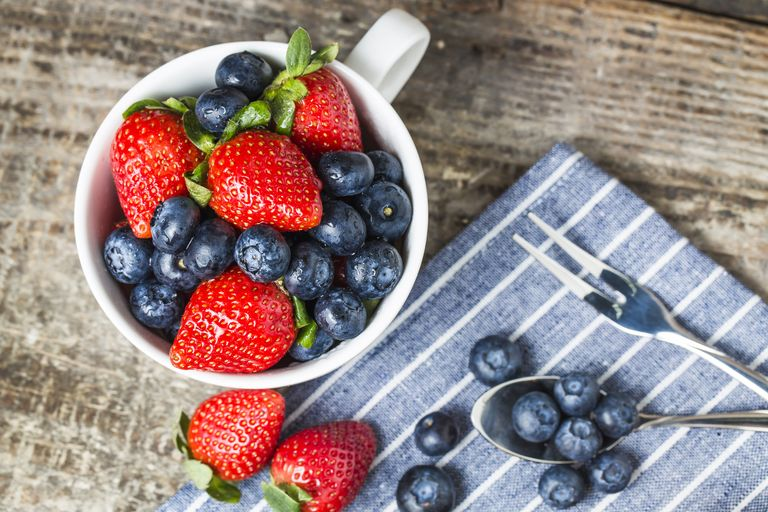
Credit: Antoniu Rosu / Getty Images.
When it comes to storing greens for your salad, the key is in the container. Katie recommends using an airtight container to store your leaves so that the freshness stays inside the container.
She also reminds her viewers to add a square of paper towel inside to absorb any moisture, keeping the greens crunchy and fresh.
Also, keep the salad dressing in a different container until you're ready to mix them with the veggies.
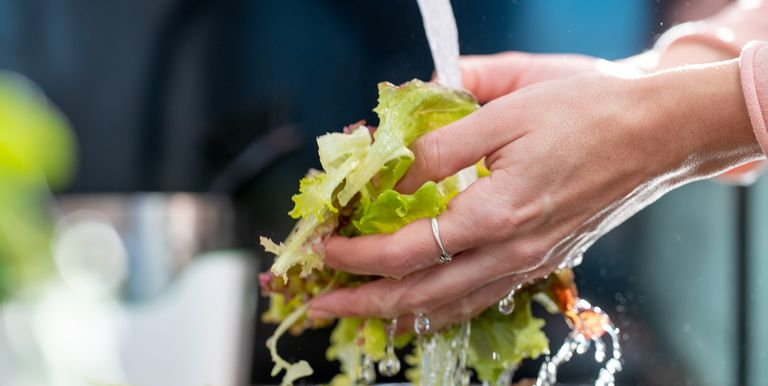
Credit: Getty Images.
Here are some more storage tips from our friends at Good Housekeeping!
If you've bought a whole lettuce from the supermarket, start by removing the individual leaves and leaving them to soak in a bowl of cold water for a couple of hours. Rinse them and shake off the excess water.
Then spread the leaves out on a clean muslin or tea towel before rolling it up. Pop the whole thing into a large, airtight food storage box and keep it in the fridge.
For soft herbs like parsley, coriander, dill, mint and basil, they can be stored upright at room temperature in a glass with cool water.
But for hard herbs, such as rosemary, thyme, sage and chives, they will last longer if stored in the fridge. Just remember to wrap them in dry kitchen paper before putting them into airtight containers or resealable bags.
Do you have more storage tips and tricks for fresh produce? Share them with us in the comments below!
With a perfect storm of rising grocery bills as well as spiking petrol prices, more and more Aussies are lamenting that it's becoming impossible to shop within their budget.
Bulk buying in supermarkets can be a good way to cut costs (especially when items are on special), but it can also lead to some veggies, fruits, and other perishables spoiling before they can be used.
That's why it's crucial that you have a few tricks up your sleeve about how to store them properly.
Here, a meal prepping pro is sharing her tips and tricks for storing food to keep it fresh for longer.
Credit: Instagram/@lady.lolas.
Katie Lolas, a Sydney-based teacher who goes by the name Lady Lolas on social media, recently shared some storage hacks that can be used to keep your veggie sticks, berries, and salads fresh for a couple more days.
For your pre-cut vegetable sticks such as carrots, the mum-of-one recommends keeping them in a sealed container with some water at the bottom. Also, remember to swish the water around every couple of days so the veggie sticks stay crisp and crunchy.
When it comes to berries such as strawberries, the key to keeping them fresh for longer is in the preparation stage. When you're washing your berries, add a little bit of vinegar (Katie used white vinegar with hers) and make sure you wash them well.
Pat them dry with a paper towel and store them in the fridge as usual. The vinegar kills the bacteria on the surface of the fruits, allowing them to stay fresh for double the time.
Credit: Antoniu Rosu / Getty Images.
She also reminds her viewers to add a square of paper towel inside to absorb any moisture, keeping the greens crunchy and fresh.
Also, keep the salad dressing in a different container until you're ready to mix them with the veggies.
Credit: Getty Images.
Here are some more storage tips from our friends at Good Housekeeping!
If you've bought a whole lettuce from the supermarket, start by removing the individual leaves and leaving them to soak in a bowl of cold water for a couple of hours. Rinse them and shake off the excess water.
Then spread the leaves out on a clean muslin or tea towel before rolling it up. Pop the whole thing into a large, airtight food storage box and keep it in the fridge.
For soft herbs like parsley, coriander, dill, mint and basil, they can be stored upright at room temperature in a glass with cool water.
But for hard herbs, such as rosemary, thyme, sage and chives, they will last longer if stored in the fridge. Just remember to wrap them in dry kitchen paper before putting them into airtight containers or resealable bags.
Do you have more storage tips and tricks for fresh produce? Share them with us in the comments below!




